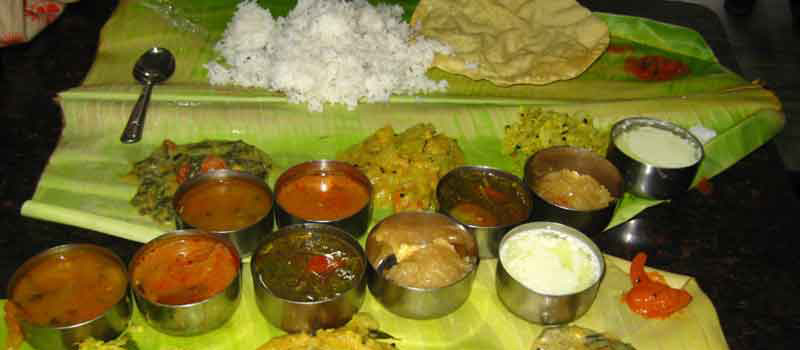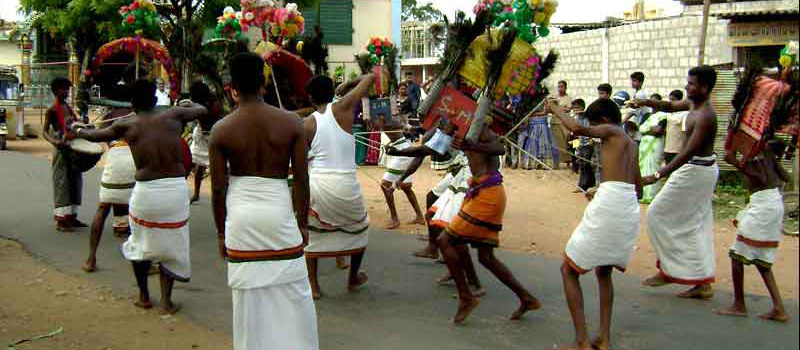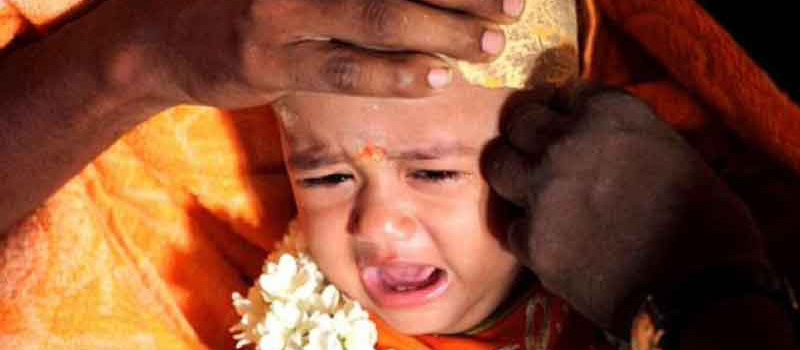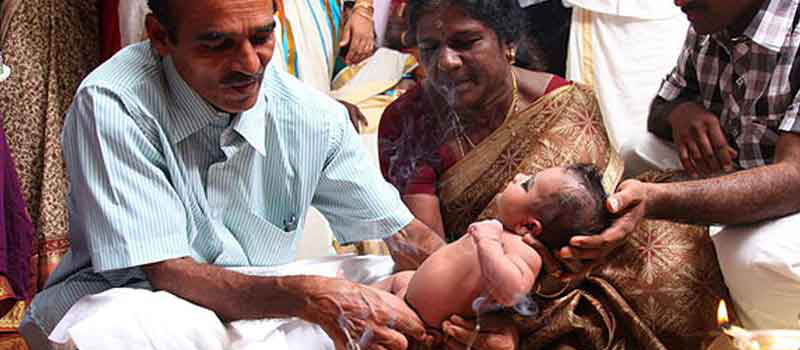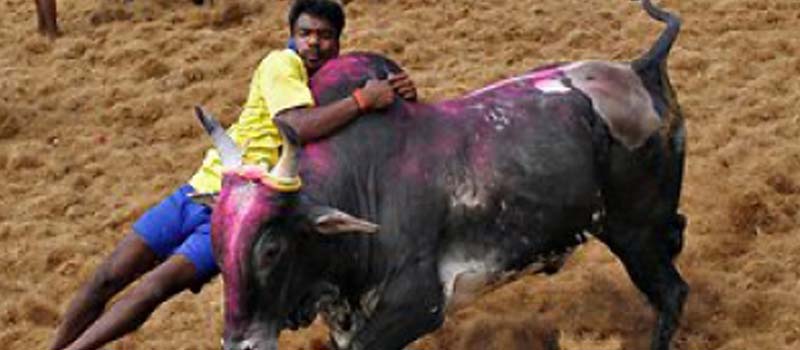Tamilnadu Traditions
With its rich traditions and deep historical roots, Tamil tradition has an enthralling charm. It is a culture that has flourished for millennia, with customs that are deeply ingrained in the daily lives of its citizens. This site invites you to explore the interesting subtleties of Tamil heritage by providing a glimpse into its world, which includes vivid festivals and old temples. In South India, Tamil, one of the world's oldest languages still in use, is highly valued. It's more than simply a language; it's a basis for its rich history, a soul, and a storehouse of information.
Tamil literature flourished throughout the Sangam era (300 BCE–300 CE) , with epic poems like Silappathikaram and Manimekalai shedding light on the social and cultural climate of the day. The literary legacy of Tamil is still being carried out today by authors and poets. Beautiful temples that bear witness to the devotion and artistic talent of Tamil Nadu's people abound. These buildings, which range in size from the imposing gopurams (temple towers) of the Meenakshi Amman Temple in Madurai to the recognizable Brihadeeswarar Temple in Thanjavur, continue to be the core of Tamil land's traditions and cultural legacy.
Bharatanatyam is a classical dance style that has its roots in ancient temples. It is renowned for its captivating use of gestures, rhythm, and grace. Tamil homes have elaborate patterns called kolams, which are created with rice flour and are said to bring peace and wealth. Chittirai Puthandu is a celebration of the Tamil New Year observed in April that includes eating, gift-giving, and the use of traditional decorations like mango leaves and kolam. Ragas and talas are used in Tamil Nadu's traditional Carnatic music to display complex rhythms and melodies. In the age-old bull-taming custom of jallikattu, young men try to exhibit courage by embracing the hump of a rushing bull. Soulful versions of the works of famous Carnatic music composer Saint Thyagaraja are presented as part of the Thiruvaiyaru Music Festival in his honor.
One of the most interesting facts about Tamil Nadu’s traditions, which are 5000 years old, is that they are deeply rooted in science. There are useful advantages to the custom of making kolams in front of houses in addition to their visual appeal. Kolams are thought to symbolize both the perpetual cycle of life and death and the need for hygiene to ward off pathogens. In addition to showing respect, the custom of linking palms in a greeting known as "Vanakkam"—the g greeting gesture—has scientific foundations. This gesture avoids physical touch, which helps to limit the spread of germs, and activates pressure areas on the fingers that support memory recall.
There are scientific justifications for married ladies applying kumkum to their foreheads and wearing toe rings. Wearing toe rings on particular toes is supposed to control blood flow and menstrual cycles, while kumkum is believed to help maintain energy in the body and improve blood supply to facial muscles.
There is a scientific basis for eating on the floor, beginning meals with spicy food, and finishing with sweet food. Digestive juices are activated by spicy food; digestion is aided by sitting cross-legged; and digestion is slowed down by sweets or carbohydrates. Tamil Nadu's fasting customs are rooted in Ayurveda, which seeks to purify the body by resting the digestive system and eliminating harmful substances. The fasting tradition in Tamil Nadu is thought to help keep the body's acid content in check, thereby preserving health. And there are plenty of traditions like these, which also have a scientific reason behind them, that you need to discover and experience through a trip to Tamil Nadu.
